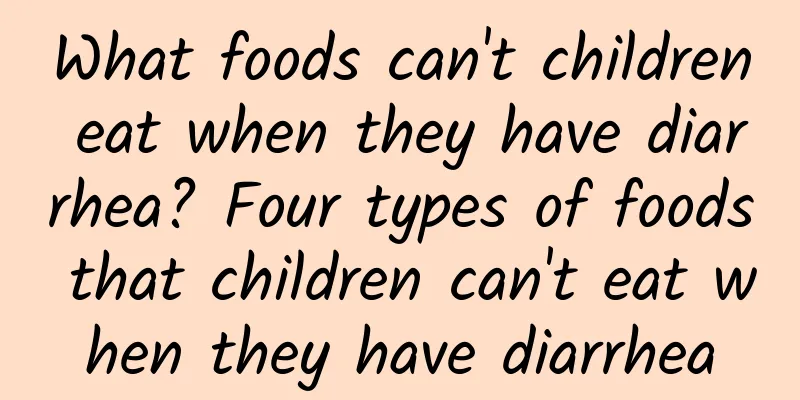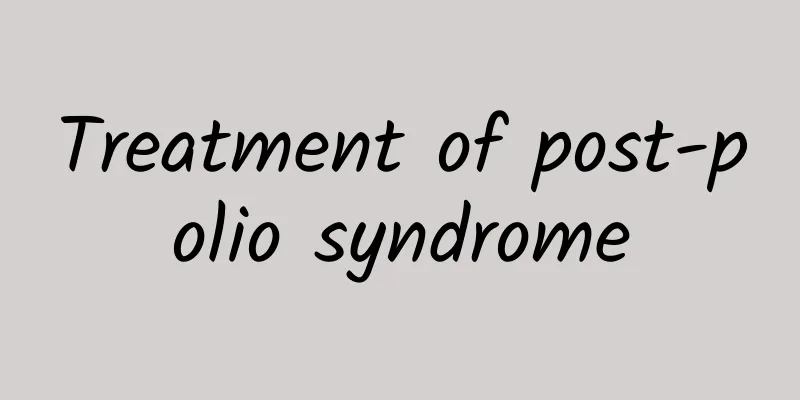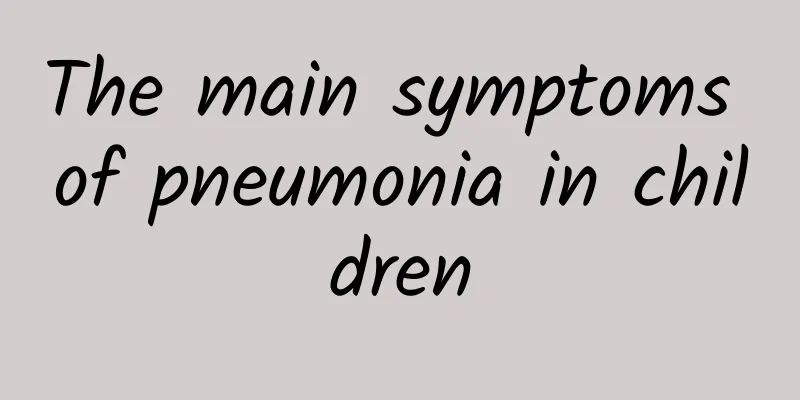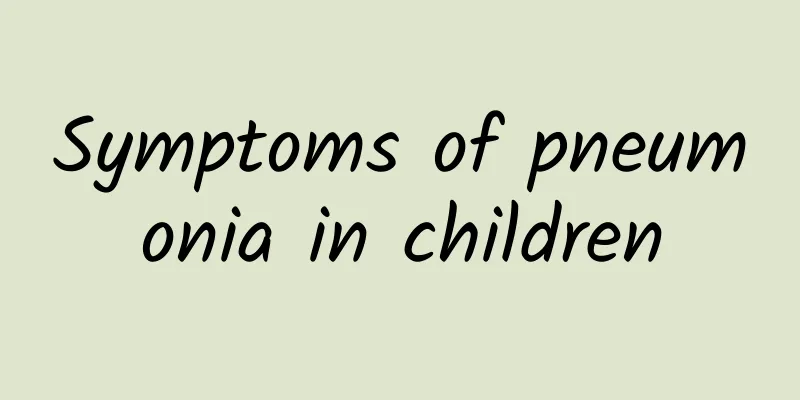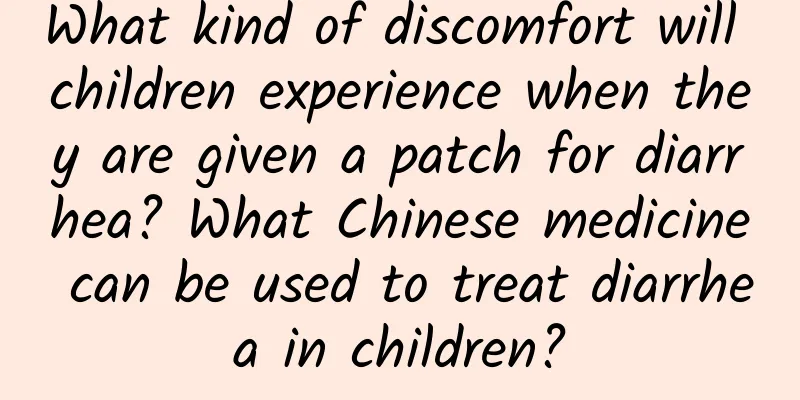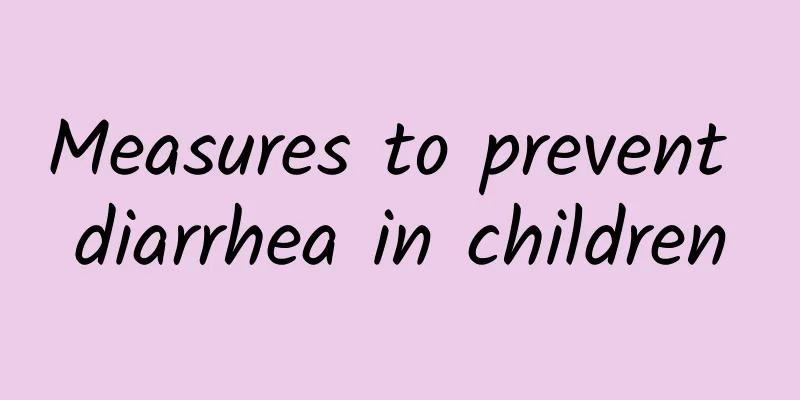How to prevent Kawasaki disease
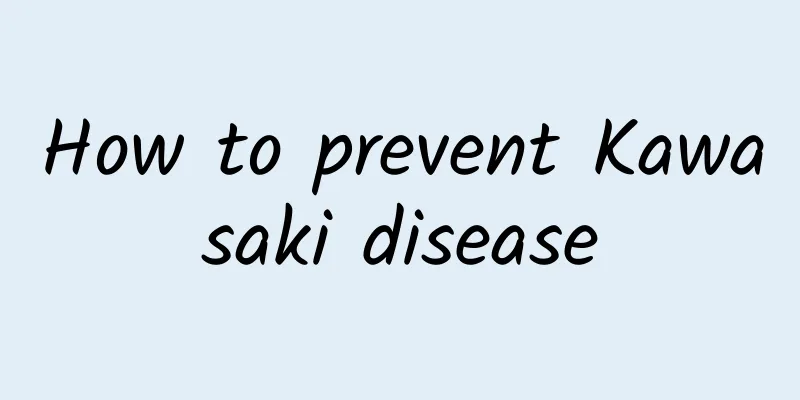
|
How can we generally prevent Kawasaki disease? When it comes to Kawasaki disease, many people may not know much about it. In fact, this disease is very common. Kawasaki disease originated in Japan, but in recent years, there have been many Kawasaki disease patients in our country. It usually occurs in children under five years old, causing a lot of pain to the children. Therefore, many parents have been looking for ways to prevent the disease. So what are the ways to prevent Kawasaki disease? The child has persistent fever, a bayberry-like tongue, and large flakes of skin peeling at the junction of the nail bed and skin. According to pediatric experts, if a child has the above symptoms, he or she may have Kawasaki disease. Kawasaki disease, also known as mucocutaneous lymphadenopathy, is an acute febrile rash disease in children with systemic vasculitis as the main pathological feature. Experts said that the cause of the disease has not yet been determined, but relevant studies have shown that there is obvious immune disorder in the acute phase of the disease, which plays an important role in the pathogenesis. Kawasaki disease is common in children under 5 years old. The main symptom is persistent fever for 5 to 11 days or longer, with body temperature often reaching above 39°C, and antibiotic treatment is ineffective. Common symptoms include bilateral conjunctival congestion, lip flushing, cracking or bleeding, and bayberry tongue. The hands and feet are hard and edematous, with early flushing on the palms and soles, and characteristic large exfoliation of the toes after 10 days, appearing at the junction of the nail bed and skin. There is also acute non-purulent transient cervical lymphadenopathy, which is most prominent in the front neck, with a diameter of more than 1.5 cm, mostly unilaterally, with slight tenderness, occurring within 3 days after fever, and self-healing after a few days. Soon after fever, maculopapular or erythema multiforme-like rash appears, mostly on the trunk, but without blisters and scabs, and disappears in about a week. Experts remind that the vast majority of children have a good prognosis, with a self-limiting course, and can gradually recover with appropriate treatment. However, patients with complications of 15-30% of Kawasaki disease may develop coronary artery aneurysms. However, if the complications can be cured within 10 days, 95% of them will not cause aneurysms. If there are no changes in the coronary arteries, normal life can be resumed after 3 months. Even if there is an aneurysm, if it is cured within 3 months, normal life can be resumed, but regular ultrasound examinations should be performed for caution. Experts stressed that although the child had a fever, he was still very energetic. Although his appetite decreased slightly, he ate everything. When the fever is high, you should pay attention to drinking enough water. The child's malnutrition is closely related to the body's increased metabolism and consumption. It is necessary to strengthen digestive tract management, eat more high-nutrition, easily digestible food, and advocate high-calorie, high-protein, high-vitamin liquid or semi-liquid diet, such as egg cake, fruit juice, soy milk, etc. Avoid eating raw, hard, overheated, spicy and irritating food. During the acute attack period, eat a small amount of liquid food and eat frequently. If necessary, supplement nutrients such as fat emulsion and amino acids to ensure sufficient nutrition, improve one's own disease resistance, and promote early recovery from the disease. The above content introduces the prevention measures for Kawasaki disease. The prevention of Kawasaki disease must be started before the disease occurs. In daily life, we must pay more attention to the hygiene of children, let them develop good hygiene habits, and have a balanced diet and eat less snacks. |
<<: What are the three treatments for Kawasaki disease?
>>: Prevention and treatment of Kawasaki disease should not be taken lightly
Recommend
Prevention and care of neonatal jaundice
Prevention and care of neonatal jaundice To preve...
The harm of kidney disease in children to the body
What are the harms of childhood kidney disease to...
What should we pay attention to in daily care? How should children with colds be treated?
Children's colds are quite common in life. Be...
What is the normal value of neonatal jaundice due to immature liver function?
Newborn babies are prone to jaundice, which is of...
How to prevent influenza in children? The best way to prevent influenza in children is to
Sources of infection and routes of transmission P...
What porridge is good for children with diarrhea? What porridge is good for children with diarrhea?
Children have relatively poor resistance and are ...
Do children with pneumonia need antibiotics? 7 tips for preventing and caring for pneumonia
Pediatric pneumonia is the most common respirator...
What medicine is better for children with cough and white phlegm? How to reduce phlegm when children cough
If a child coughs and has white phlegm, it may be...
Can ADHD be cured without medication?
Whether tics can be cured without medication depe...
How to treat long-term malnutrition How to treat long-term malnutrition
Malnutrition is harmful to human health. If malnu...
Can children's cough be treated with massage? What are the basic massage treatments for children's cough?
There are many massage methods for children's...
How should parents deal with influenza in children? Five nursing measures for influenza in children
Influenza in children mainly refers to an inflamm...
How to prevent Kawasaki disease through lifestyle habits
We must take preventive measures in our lives so ...
How to treat baby's red buttocks?
When the baby is not crying or making a fuss, par...
How about children's cough syrup? What are the effects of children's cough syrup?
For every family, taking care of children is an i...



